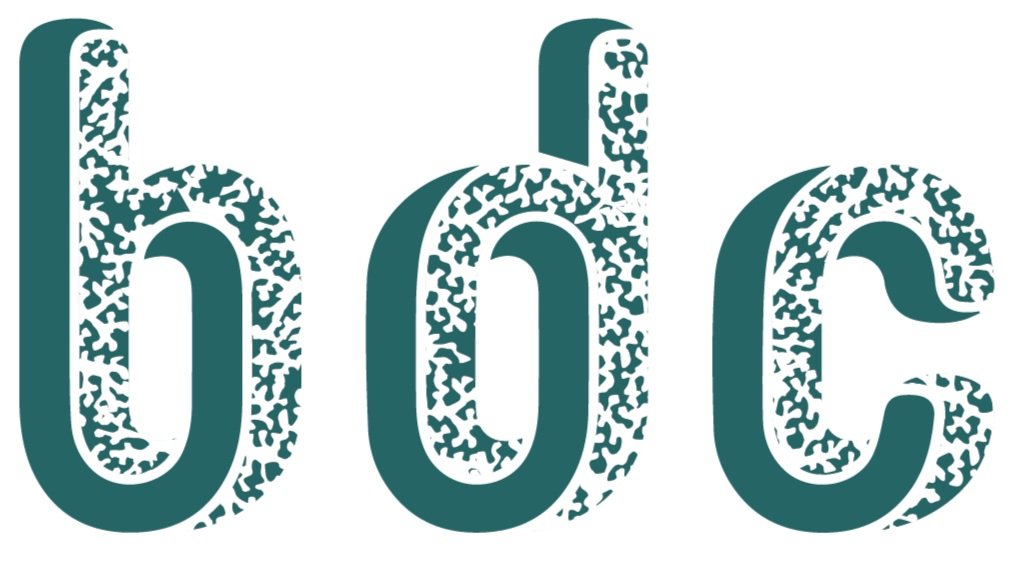Rita Ruiting Wang and Mamoun Nukumanu Friedrich-Grosvenor, BDC 2019, NYU IDMs
Rita Ruiting Wang works at Vector Architects in Beijing. Among her other projects, she is experimenting with the organism Trentepohlia (green algae) and making a prosthetic arm for a friend.
Mamoun Nukumanu Friedrich-Grosvenor works on ecological architecture and design at Terreform ONE where his main project is growing buildings out of living trees.
Can you describe your education journeys and how they influenced your relationships with biodesign today?
Phytobionic, NYU IDM, 2019
Mamoun I’ve always been deeply immersed in nature and initially wanted to do research on fungal biology. I attended Colorado College for microbiology, but after two years I pivoted to the intersection of biology and art and transferred to NYU Gallatin. It was at Gallatin that I became interested in biodesign and wove my practical knowledge and more-than-human theory into my art.
Rita I was schooled in Shenzhen, China, moved to France at 15 to attend a local lycée, and then came to the United States to study philosophy. I have always been interested in cities and embraced the chaos and interconnectivity of urbanism, perhaps because of my experience growing up in southern China, which was, and still is, a massive urban experiment. Eventually, NYU Gallatin caught my attention for its interdisciplinary pedagogy and I pursued a concentration called “Hybridity and Other Futures.”
Your project, Phytobionic, envisions an alternative future rich in symbioses. What led you to this narrative?
Mamoun Phytobionic explores the idea of plant-human hybrids through the growth of living second skins. We started by recognizing plants as conscious beings in possession of agency, then moved toward creating a textile that could curate the human microbiome. The project imagines a post-capitalist society where human beings possess only a small number of garments, which are designed to adapt to various climatic conditions. As living wearable ecosystems, they evolve alongside the wearer to optimize human health by increasing the wearer’s microbial diversity and reducing dangerous pathogenic microbes.
Designing an alternative future means also proposing new ideals. Do you think biodesign has the power to create new realities?
Rita Biodesign is an opportunity to design with entities traditionally outside of design pedagogy like environments and ecologies. It is a way to work responsibly with nature’s millions of years of R&D. As designers, we have a huge responsibility. We must ask ourselves: how do we design without seeing other organisms as resources to manipulate for our own fetishes?
Mamoun Biodesign is essential in the exploration of new possibilities. I do not believe in the myth of sociopolitical salvation through technological advancement. I do believe that by partnering symbiotically with holobionts—agential ecologies at every scale—it is possible to create a more empathic future.
Can you describe the research process for your project and any obstacles you encountered?
Mamoun We researched everything from mycorrhizal fungi, to plant electrophysiology, to grass root structures, to microbial soil aggregation and structuring, to prostheses, to bionic technologies. A large amount of time was spent prototyping with grass and soil in my apartment in the Lower East Side in New York City, so we were limited by basic equipment.
Phytobionic, NYU IDM, 2019
Rita We prototyped different types of wearables that would let plants communicate with the body myoelectrically and experimented with mediums like bacterial cellulose and hydrogel.
Mamoun As we became more deeply entwined with the project, obstacles shifted from being technical-related to inter-being related. Time became fluid as the distinction between plant and self morphed. I was eating the wheatgrass and then periodically watering it with my urine to return nitrogen to its roots.
Do you have any advice for current and aspiring BDC students?
M: My main advice is to dream big! Pursue your fantasies and do not initially worry about economic feasibility, functionality, or the possibility of future investment. Stick to whatever dream you are dreaming. Research twice, prototype forever.
R: I agree! It is essential to play. Experiment with whatever lives in your beautiful mind.
What are some sources of inspiration for you?
Author Diana Scherer
Artists Theo Jansen, Agnes Denes, Axel Erlandson, Buckminster Fuller, Ian Cheng, Agnieszka Kurant, and Alexandra Daisy Ginsberg
Los-Angeles-based think tank Berggruen Institute
Trees!
This interview is by Natalia Fernandez. Natalia is a Product Design student at Parsons School of Design. She is interested in exploring the role of design in social and ecological systems across varying scales.




